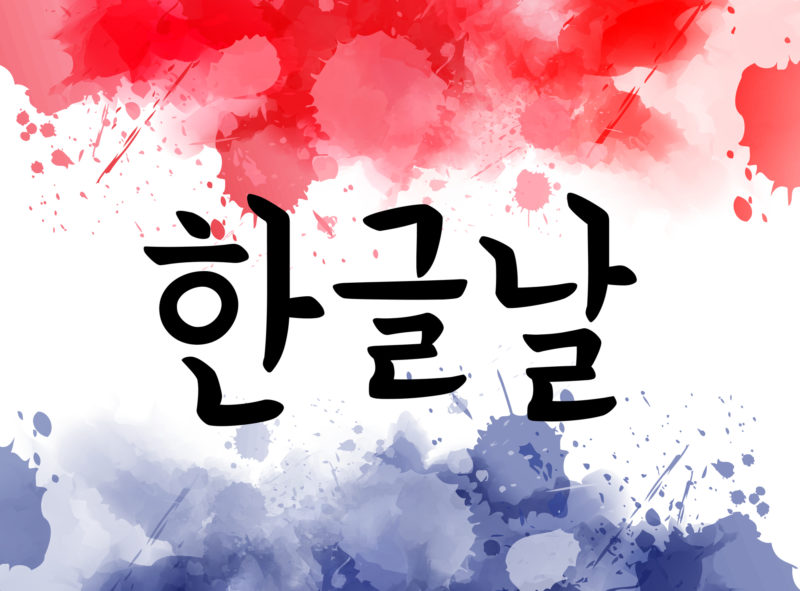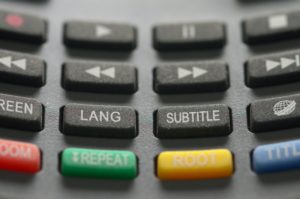Supercharge Your Korean Writing Practice
At first glance, Korean writing looks similar to Chinese or Japanese. But fortunately, Korean is a much easier language to learn. The Korean alphabet, called Hangul, only has 24 letters and very few variations. It’s a logical writing system, and learning it can be a lot of fun. Use the following tips and tricks to perfect your Korean writing practice, and master the Korean language.
Hangul Is Easy to Learn
When starting your Korean writing practice, you will first need to understand the Korean alphabet. Fortunately, you can learn Hangul in under an hour. Just like English, the Korean alphabet has vowels and consonants. The modern Korean alphabet currently has 21 vowels and 19 consonants. And the shape of each letter gives you an idea of how it sounds.
The letters of the Hangul alphabet were designed to show the tongue’s position in the mouth when pronouncing that specific letter. However, pronouncing some letters isn’t as straightforward as it seems. Sometimes, a letter changes its sound depending on whether it’s at the beginning, middle, or end of a syllable.
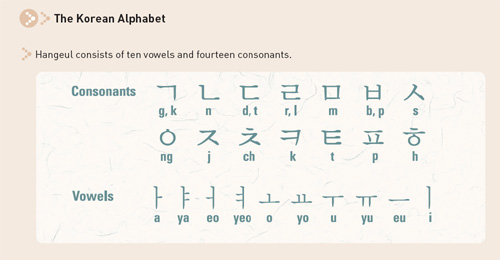
Practice Writing Korean in Syllable Blocks
You also need to understand that Koreans write syllables in “blocks”. One block equals one syllable. It’s vital to note that the blocks always have to be drawn in either one of the below ways: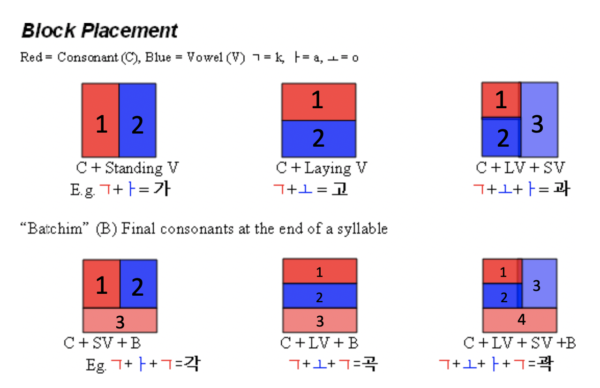
Crucial Korean Writing Rules
The below rules will help you learn about the structures and ultimately help you speed up your Korean writing practice. Following these rules is essential to writing in a way that’s accurate and easy to understand.
Vowel Placement
You need to understand that the Number 2 Block is always a vowel in Korean. This never changes. It remains a vowel regardless of how the “block” looks like.
Consonant Placement
The Number 1 and 3 Block (and sometimes the Number 4 Block) will always be consonants. Mastering these small but essential details will speed up your learning process and ensure that you understand the Korean writing system faster without much inconvenience or confusion.
Horizontal Vowels
When you’re writing a syllable with horizontal vowels, you need to write them underneath the consonant. That means the letters in the block go from top to bottom. See below for examples of the horizontal vowels in Korean. You should note how the block looks. And remember, the Number 2 Block is always a vowel.
ㄱ+ ㅗ, ㅛ, ㅜ, ㅠ and ㅡ
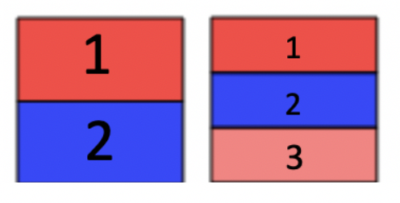
Vertical Vowels
If you’re writing a syllable with a vertical vowel, you continue from the left to the right. Below are examples of how vertical vowels look using the Korean writing system. See how vowels look in a syllable. And remember, the Number 2 Block is always a vowel.
ㄱ + ㅏ, ㅑ, ㅓ, ㅕand ㅣ
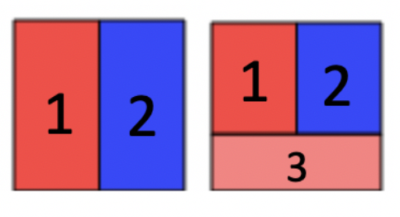
Create Korean Syllable Blocks in 3 Steps
Now that you know what the four most basic rules of Korean syllable building are, let’s take a look at a practical example. Writing a word in Korean is just a matter of combining consonants and vowels in order to create blocks. This kind of writing practice will give you a good foundation for the Korean writing system.
Let’s start with a one-syllable word: “bab”, which means “rice”.
Step 1: Determine the Vowel Type
You need to determine if the vowel you’re dealing with is a horizontal or vertical vowel. Our example, “bab”, a (ㅏ) is vertical. That means you’ll use one of the following:

Step 2: Does the Word End in a Consonant?
You should now move on and determine whether the syllable of the word ends in a consonant. If it ends in a consonant, you should fill Number Blocks 1, 2, and 3.
For the above example, the syllable ends in a consonant. That means you’ll use the following:
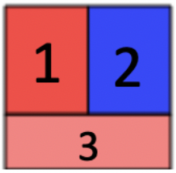
Step 3: Fill in the Gaps
You now need to combine the three letters. You should start by placing the first letter “b (ㅂ)”, followed by the middle letter “a (ㅏ)” and finally the last letter b (ㅂ)” into Number Blocks 1, 2 and 3 respectively.
See below how the combined letters will now appear in the Korean language as 밥.
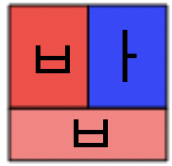
Don’t Rely on English
When learning the Korean language, it’s vital that you abandon and forget all the English or Latin representations of the Korean sounds because it’ll leave you confused. Just come in with an open mind, looking forward to learning a new language.
This may be difficult at first, but if you are determined to learn the language, you’ll realize that keeping an open mind and being ready to learn was worth your time. Learning the Korean language is vital, especially if you are planning to live, work, or conduct business in Korea.
While you may get a translator to translate the language for you, it may be costly in the end. Just understand the language and it will be worthy during meetings or even business negotiations.

Korean Syllables Always Start with a Consonant
It’s important to note that every Korean syllable must start with a consonant. This makes it quite easy to note the beginning and end of the syllables.
However, syllables that begin with a vowel. For example, the famous Korean greeting, known as “annyong haseyo“, may need a placeholder consonant (not usually pronounced). The impact on the pronunciation is zero therefore, the syllable is written as a zero as well.
Writing Syllables That End with a Consonant
It’s important to note that there may be syllables that end in a consonant. This happens when there are two consonants in the middle of a word. One of the consonants forms the end of one syllable while the other forms the start of the next syllable.
Having a vowel and two consonants fit into a tiny square box may be a bit tricky, but it’s not impossible. In a number of such situations, you’ll need to write the first consonant and vowel next to each other and then put the last consonant below these two.
Get the Most Out of Your Korean Writing Practice!
To achieve Korean fluency and proficiency, you need more than just writing practice. You also need to practice speaking and pronunciation. The more you practice using your language skills, the easier it will be for you to speak naturally in any conversation.
And if you’re looking for a well-rounded Korean language learning program that prioritizes learning through speaking, then you need to try OptiLingo! OptiLingo is a convenient app that focuses on high-frequency phrases, helping you learn exactly how the locals speak.
Discover how much easier learning Korean can be. Try FREE today!

